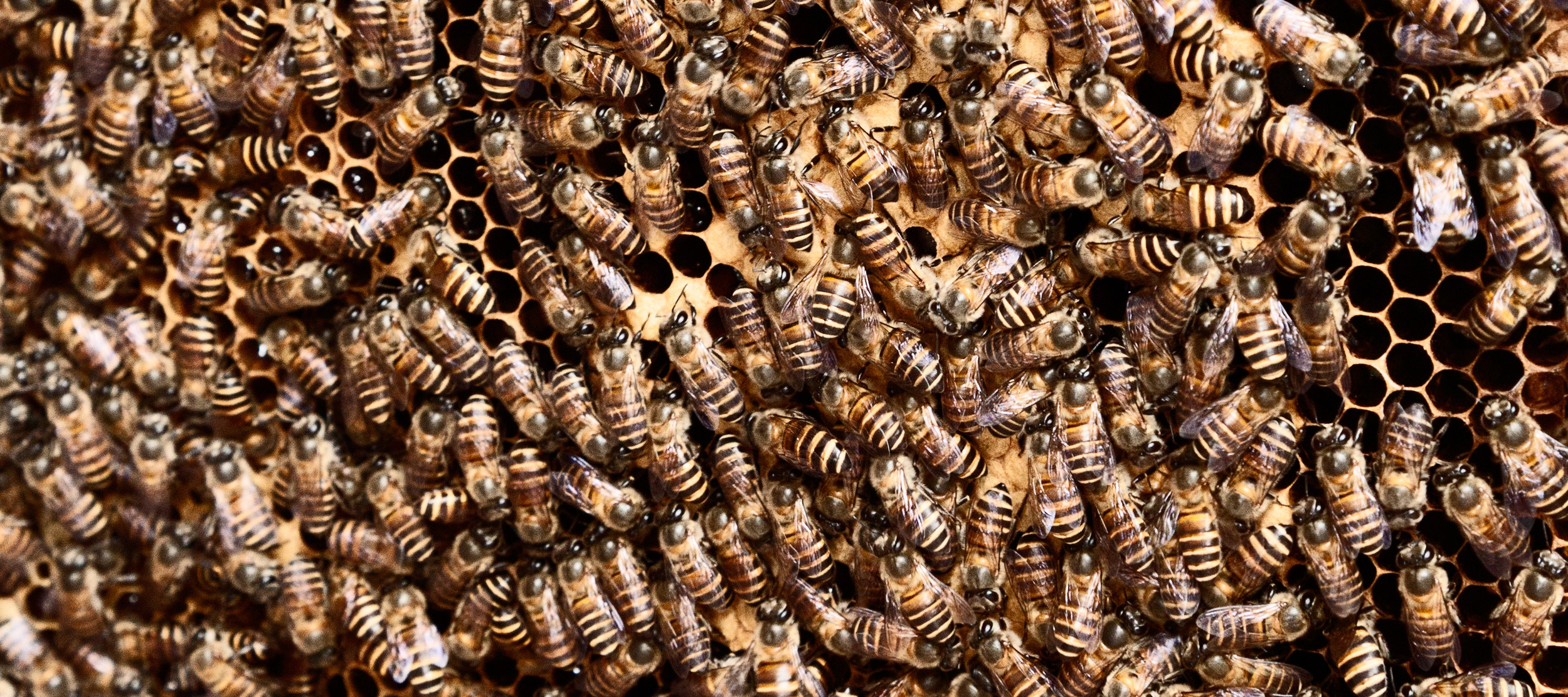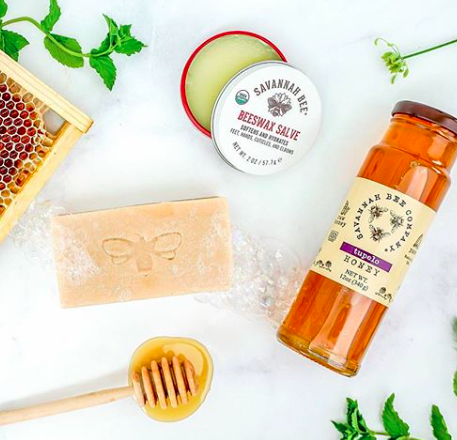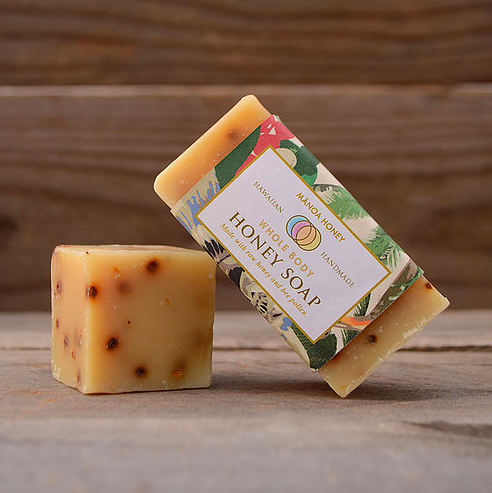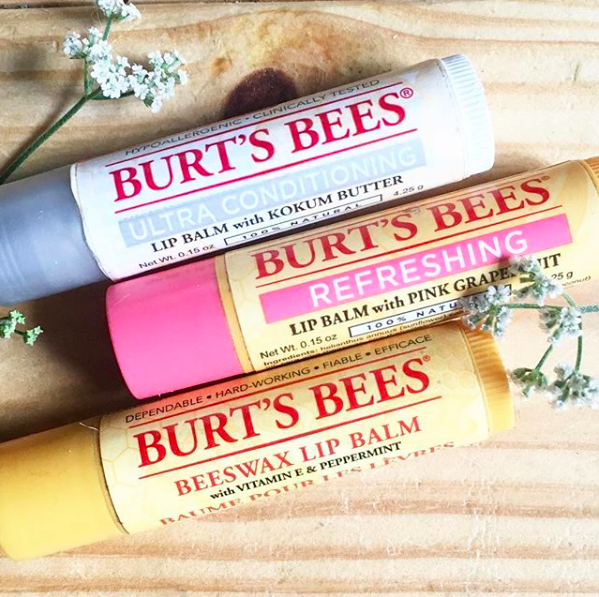This year’s Earth Day aim is to “Protect Our Species.” Climate change is threatening an increasing number of species, and much of the destruction is due to human activity. The impact of extractive agricultural practices, deforestation, and habitat loss is staggering. This year, we’re thinking about one vital population that makes it possible for us to eat watermelon in the summer and pick pumpkins in the fall: bees.
Bees are excellent pollinators, helping plants produce vital fruit. A single honey bee colony can pollinate 300 million flowers each day. We can thank bees and other pollinators for pollinating one third of our food supply – that’s one out of every three bites of food you eat!
Bees are both a keystone and indicator species: other species depend on their survival, and their health reflects the health of their ecosystem. However, colonies are collapsing at alarming rates. Industrial agriculture, with its focus on monocrops and synthetic pesticides, is largely to blame. We’re disrupting the bees’ pollination process, restricting where they can work, and hauling them all over the country to places where they’re needed most. We use nicotine-based pesticides that damage their nervous systems and weaken their immune systems, making them more susceptible to disease. While the three most dangerous neonicotinoids are temporarily banned in the European Union to allow for colony recovery, they’re still widely used in the United States.
What you can do now.
You don’t need to be a beekeeper to help. There are small things you can do every day to help bring back the bee population and thus protect the diversity and security of our food system.
-
Buy organic. Increasing demand for organic foods can directly improve conditions for bees and keep them healthy, since pesticides are one of the most significant threats.
-
Plant flowers. Even better, plant flowers that bloom at different times of the year so that bees can pollinate year-round.
-
Buy raw honey from local beekeepers. Raw honey is great for you. It comes straight from the hive and isn’t heated, pasteurized or diluted, so it retains all of its antioxidants, vitamins, and minerals.
-
Buy products that bees make. We’re not just talking honey. Support companies that sell bee pollen, beeswax, propolis, royal jelly, and honeycombs, too.
Support those making a difference.
Fortunately, there are a number of companies that have been dedicated to saving the bees for years. Here are a few of our favorites:
As an Amazon Associate, HowGood earns from any qualifying purchases.
Savannah Bee Company
Their Bee Cause Project brings honeybee hives to schools to teach children and adults about the importance of pollinators.
Manoa Honey
Manoa Honey raises bees all over O’ahu and provides pollination and colony management services to local farms and communities.
Big Island Bees
Their organic, single-floral products come from their own hives on the Big Island of Hawaii, with no artificial feeds, miticides, heat or filtration.
Burt’s Bees
Burt’s Bees’ products use royal jelly, a honey bee secretion, for its antioxidant and humectant properties. They’ve planted one billion wildflowers through their Bring Back the Bees program.
Farmacy
Farmacy doesn’t use any of the 1,390+ concerning ingredients that are banned in the E.U. Their bees pollinate the antioxidant-packed Echinacea flowers in organic farms of New York and Pennsylvania.
Check out the Earth Day Network to learn more about the other species featured in this year’s initiative.












